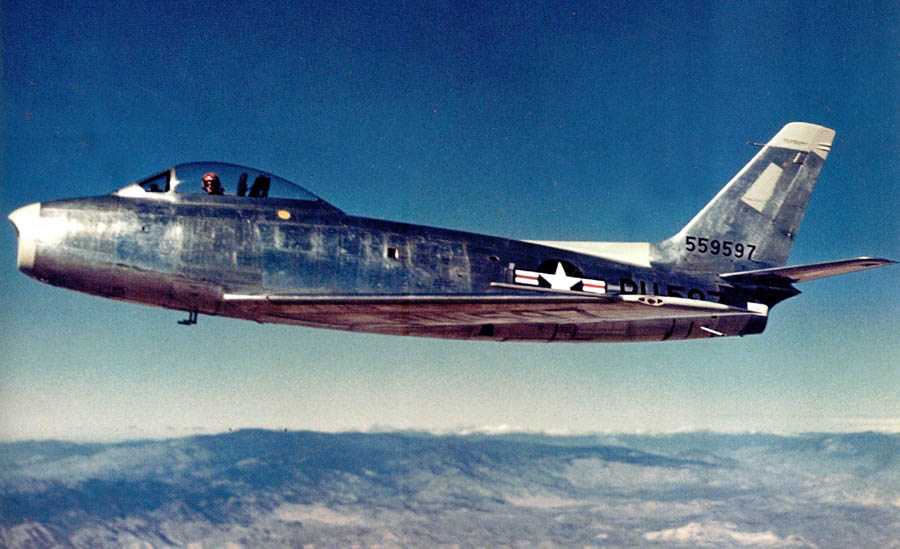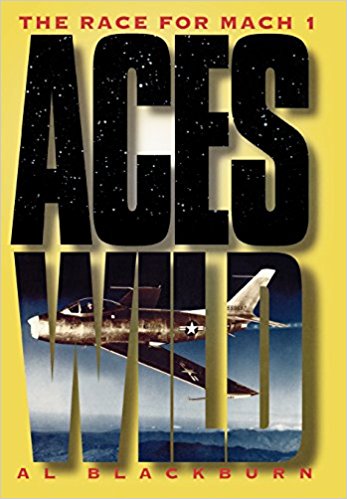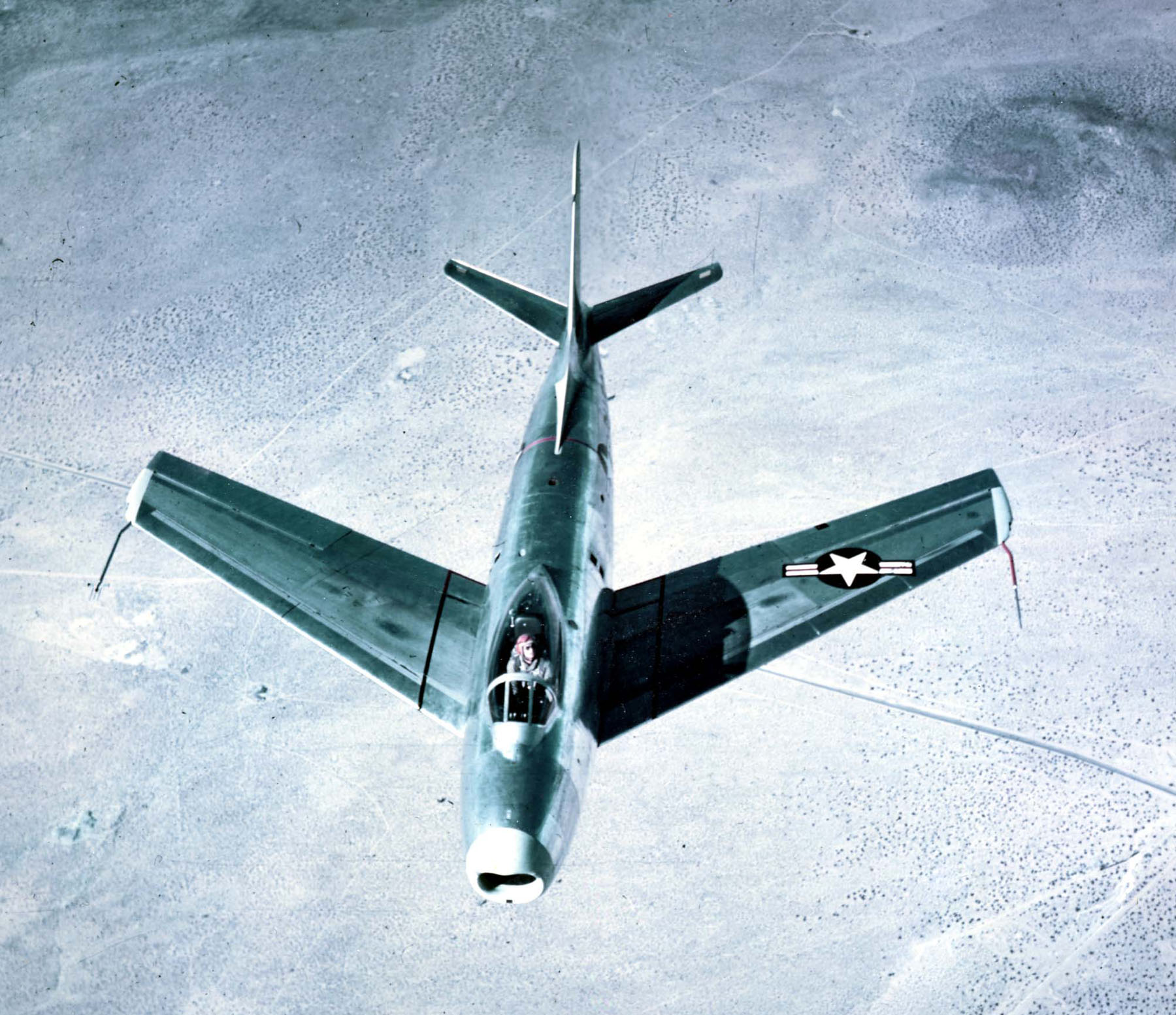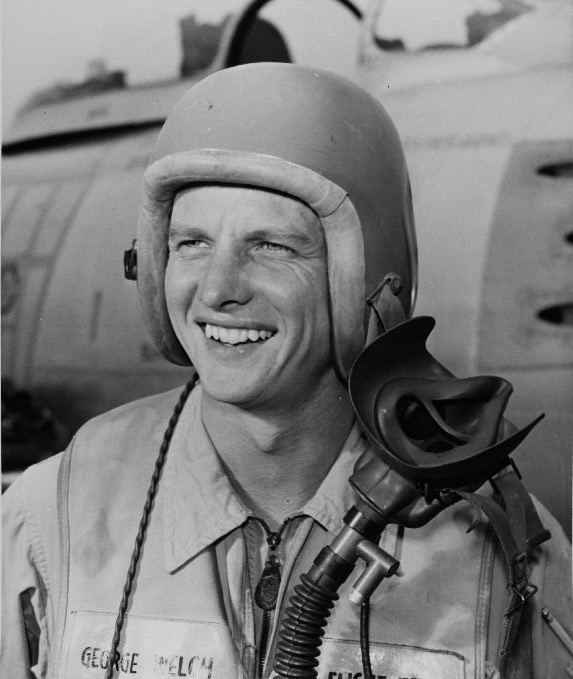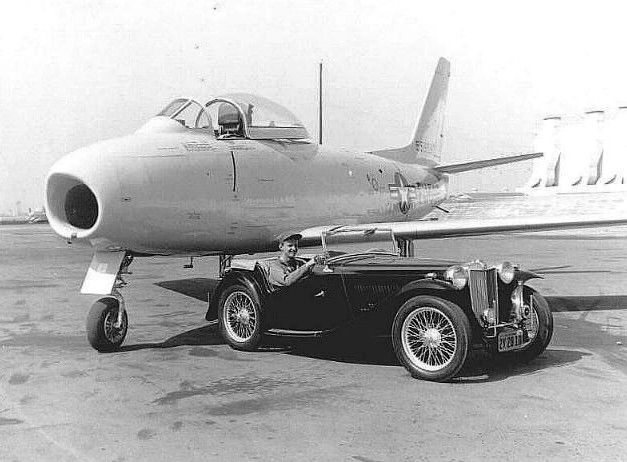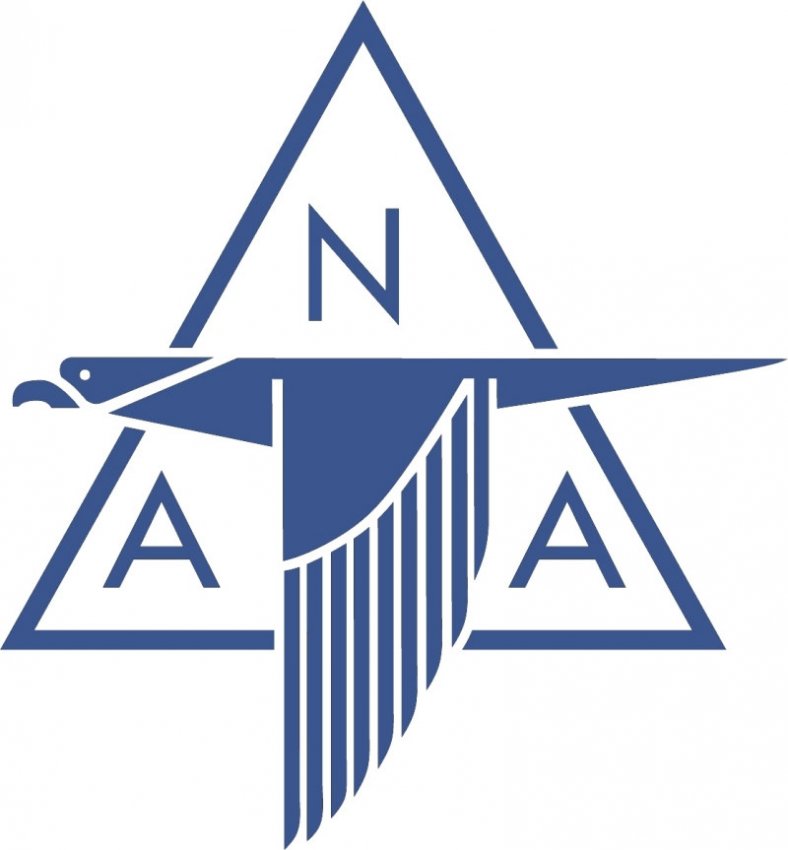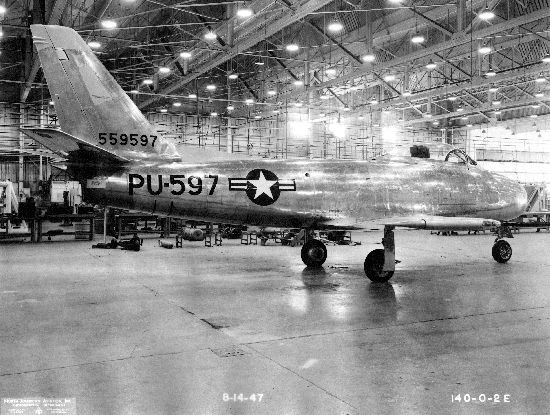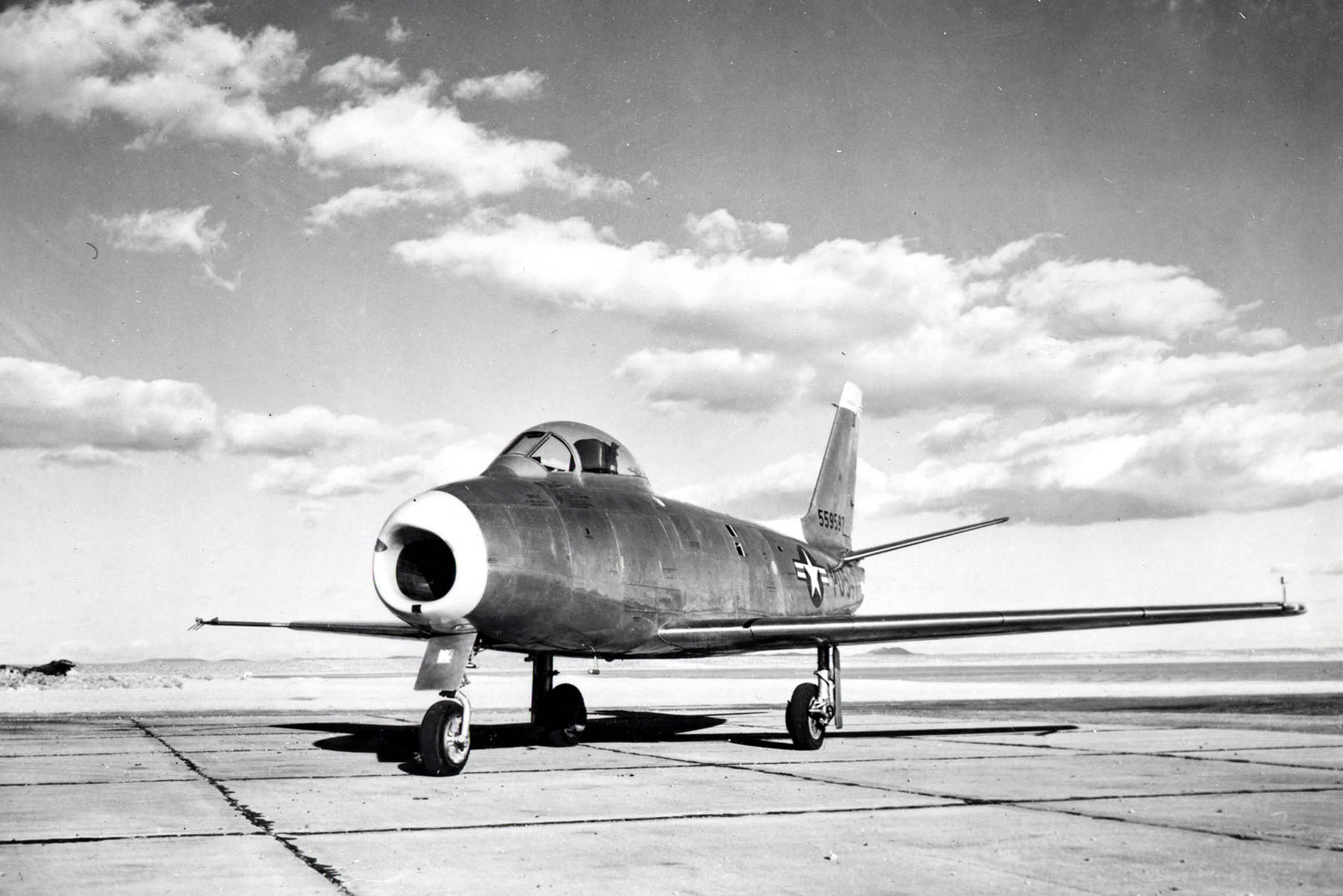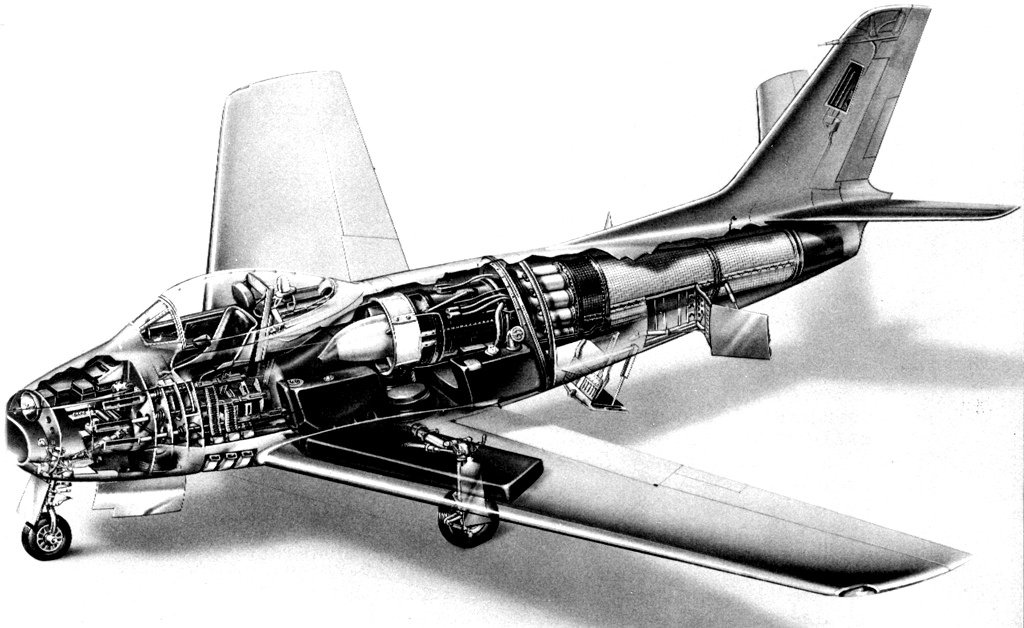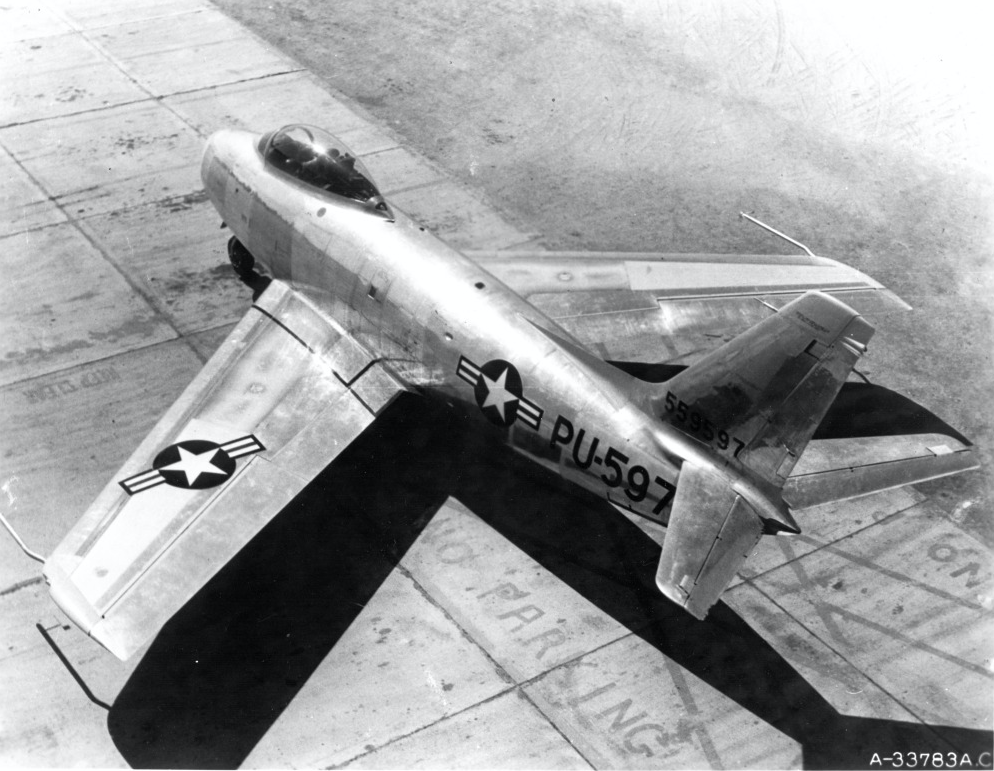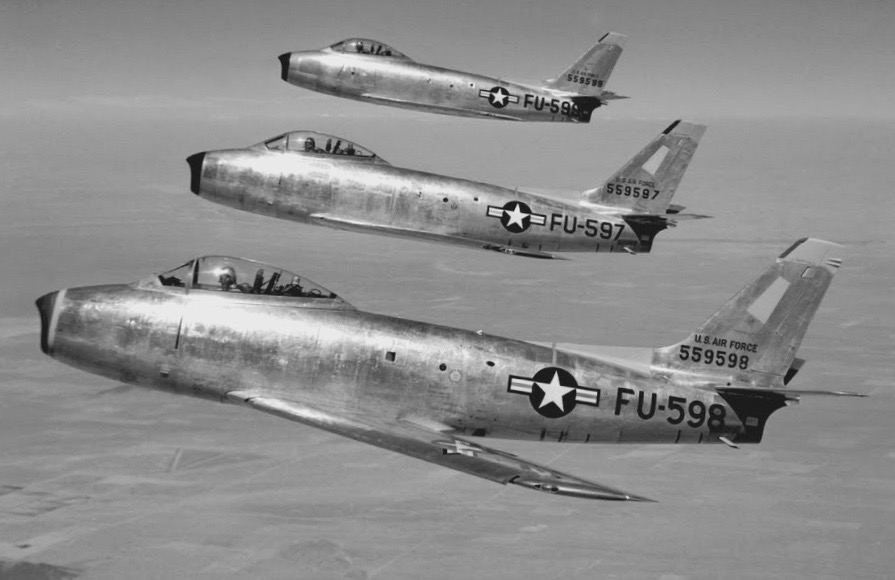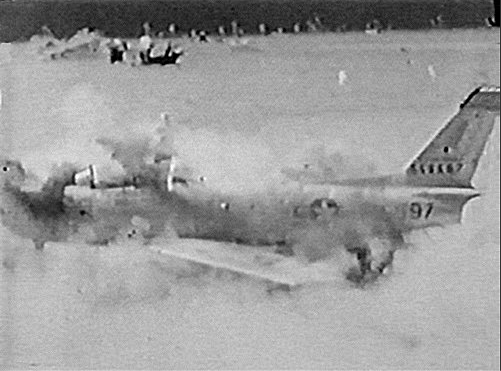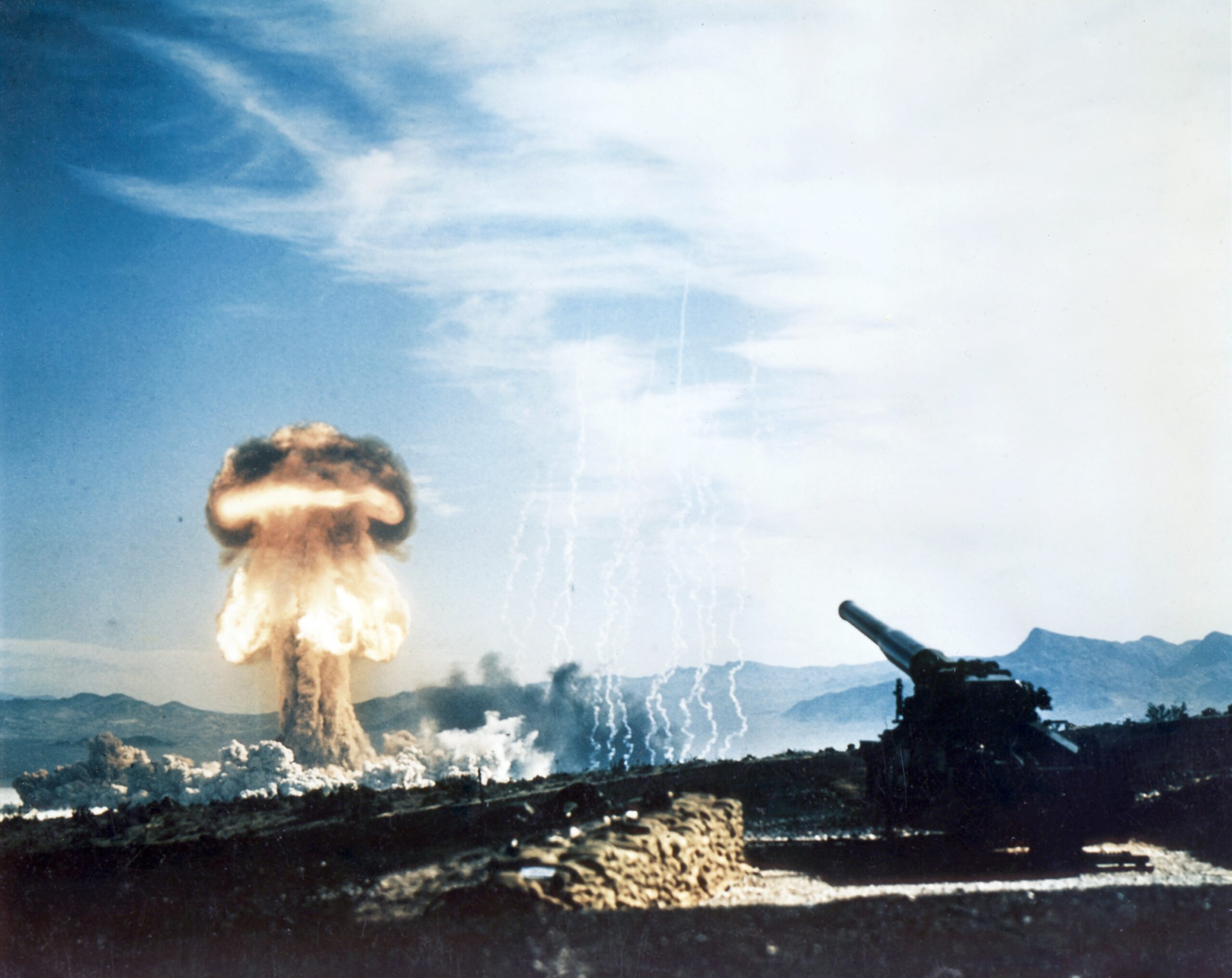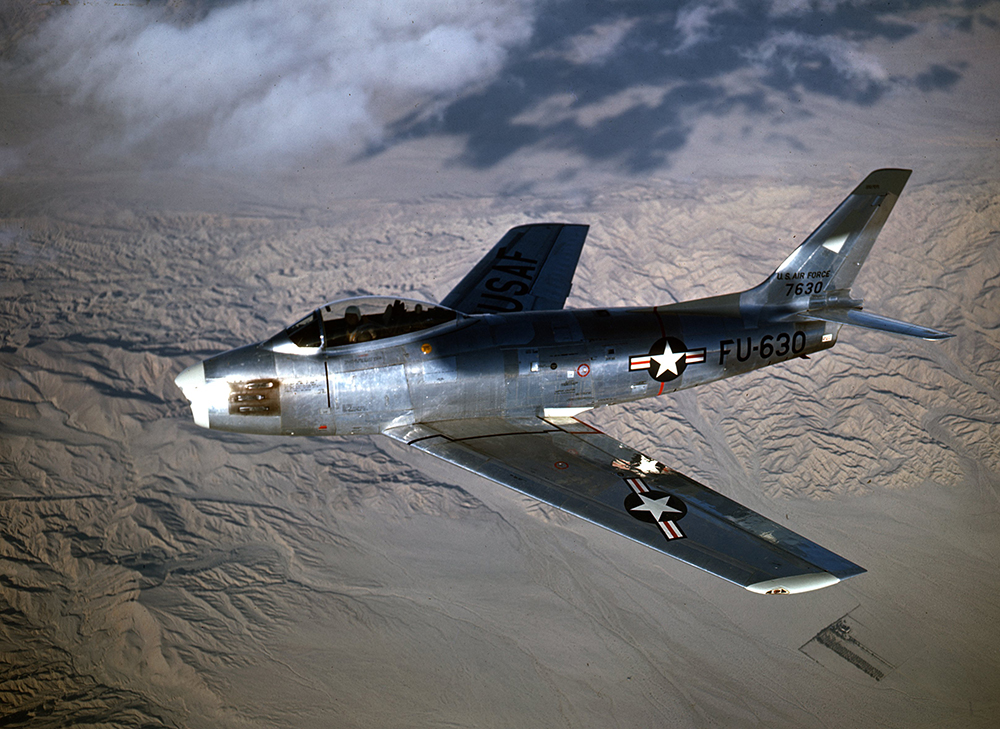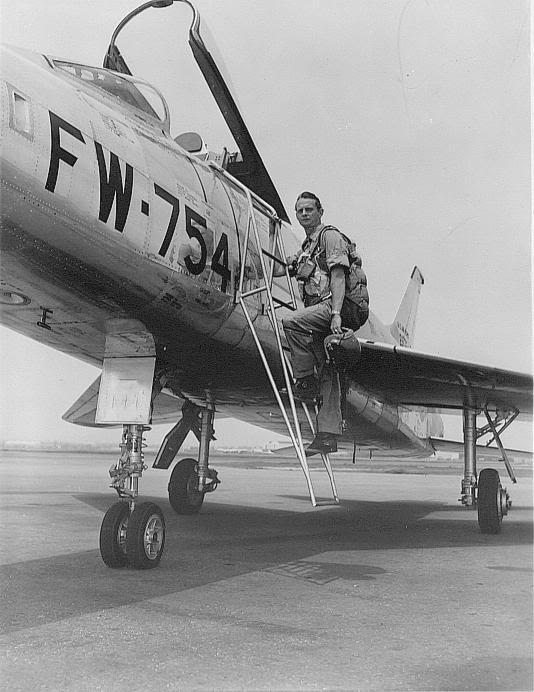

Development of the Super Sabre began with an effort to increase the speed of the F-86D and F-86E Sabre fighters. The wings had more sweep and the airfoil sections were thinner. A much more powerful engine would be needed to achieve supersonic speed in level flight. As design work on the “Sabre 45” proceeded, the airplane evolved to a completely new design. Initially designated XF-100, continued refinements resulted in the first two aircraft being redesignated YF-100A.
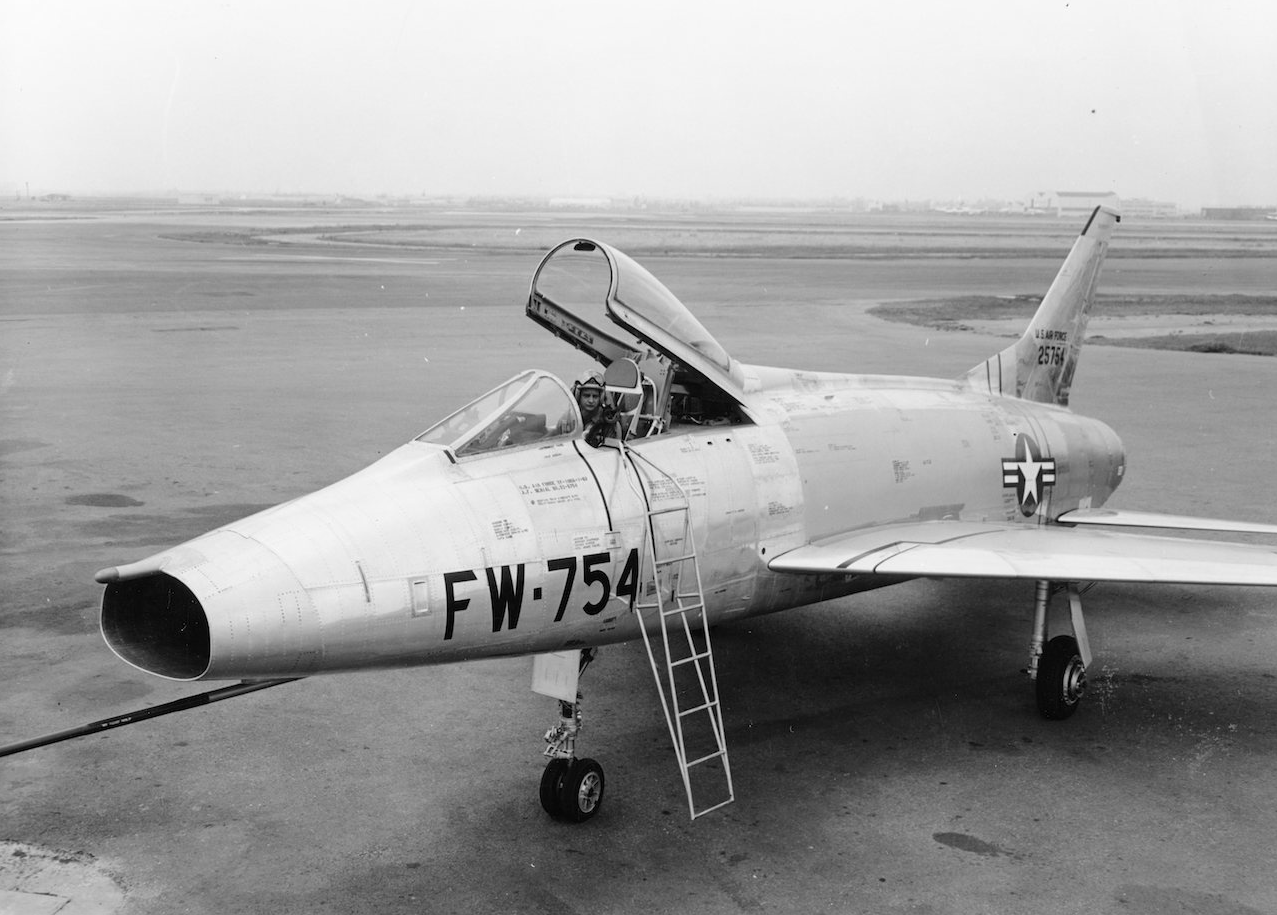
The two YF-100As, 52-5754 and 52-5755, were 46 feet, 2.4 inches (14.082 meters) long with a wingspan of 36 feet, 9.6 inches (11.217 meters) and height of 14 feet, 4.8 inches (4.389 meters). The Super Sabre had a 49° 2′ sweep to the leading edges of the wings and horizontal stabilizer. The wings were swept to 45° at 25% chord, and had 0° angle of incidence, 0° dihedral, and no twist. The total wing area was 376 square feet (34.932 square meters). The ailerons were placed inboard on the wings to eliminate their twisting effects at high speed. The airplane had no flaps, resulting in a high stall speed in the landing configuration. The horizontal stabilizer was moved to the bottom of the fuselage to keep it out of the turbulence created by the wings at high angles of attack. The pre-production prototypes weighed 18,279 pounds (8,291 kilograms) empty; had a combat weight of 24,789 pounds (11,244 kilograms); and maximum takeoff weight of 28,965 pounds (13,138 kilograms).
The YF-100A had a fuel capacity of 757 U.S. gallons (2,866 liters) in five fuselage tanks, and could carry two external drop tanks for another 550 gallons (2,082 liters).

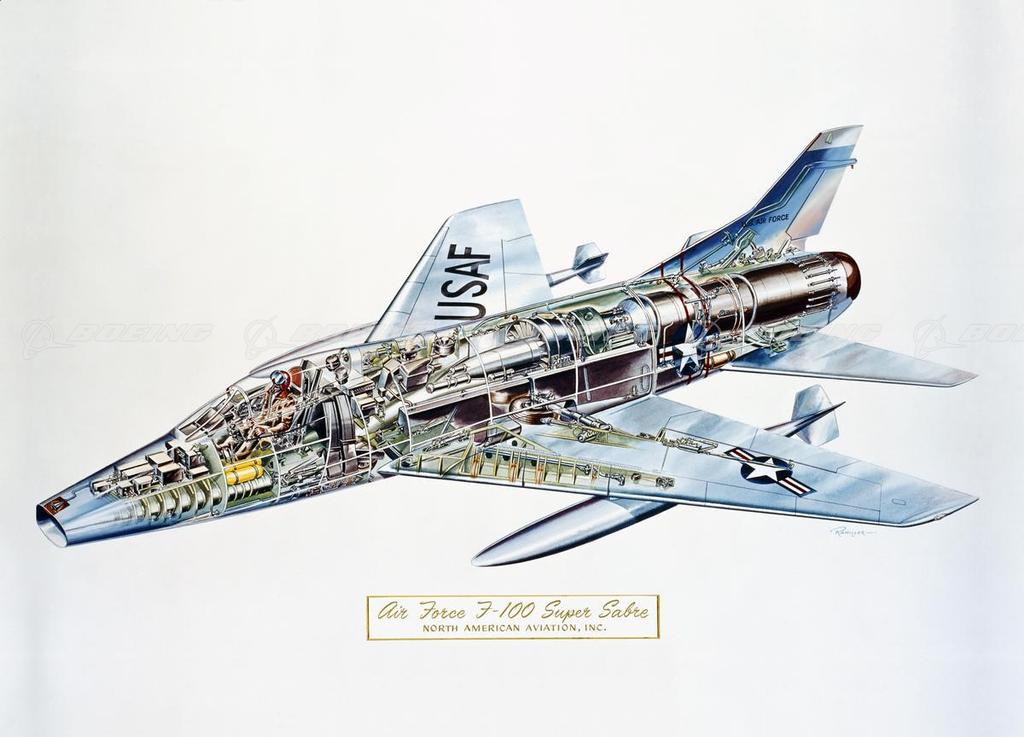
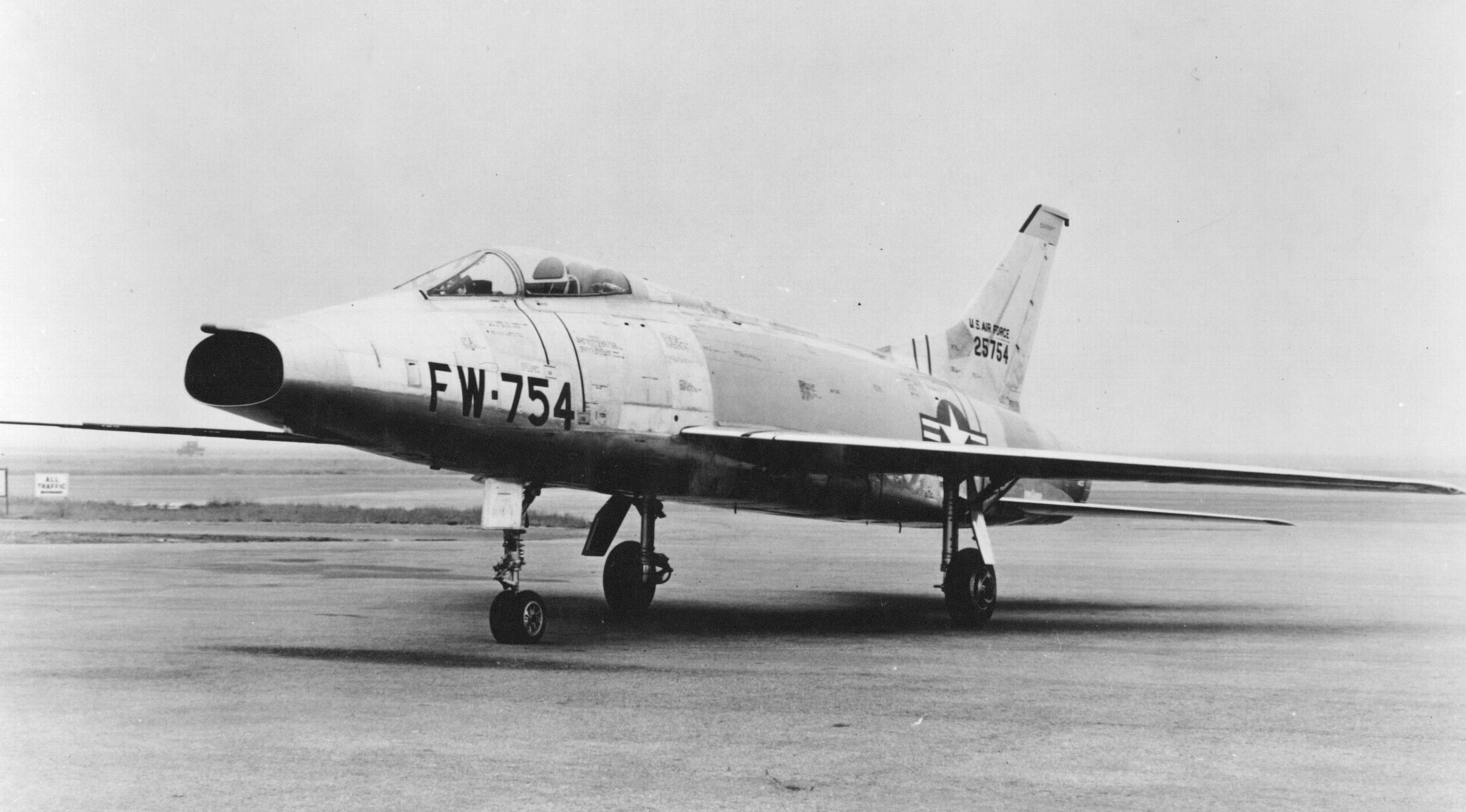
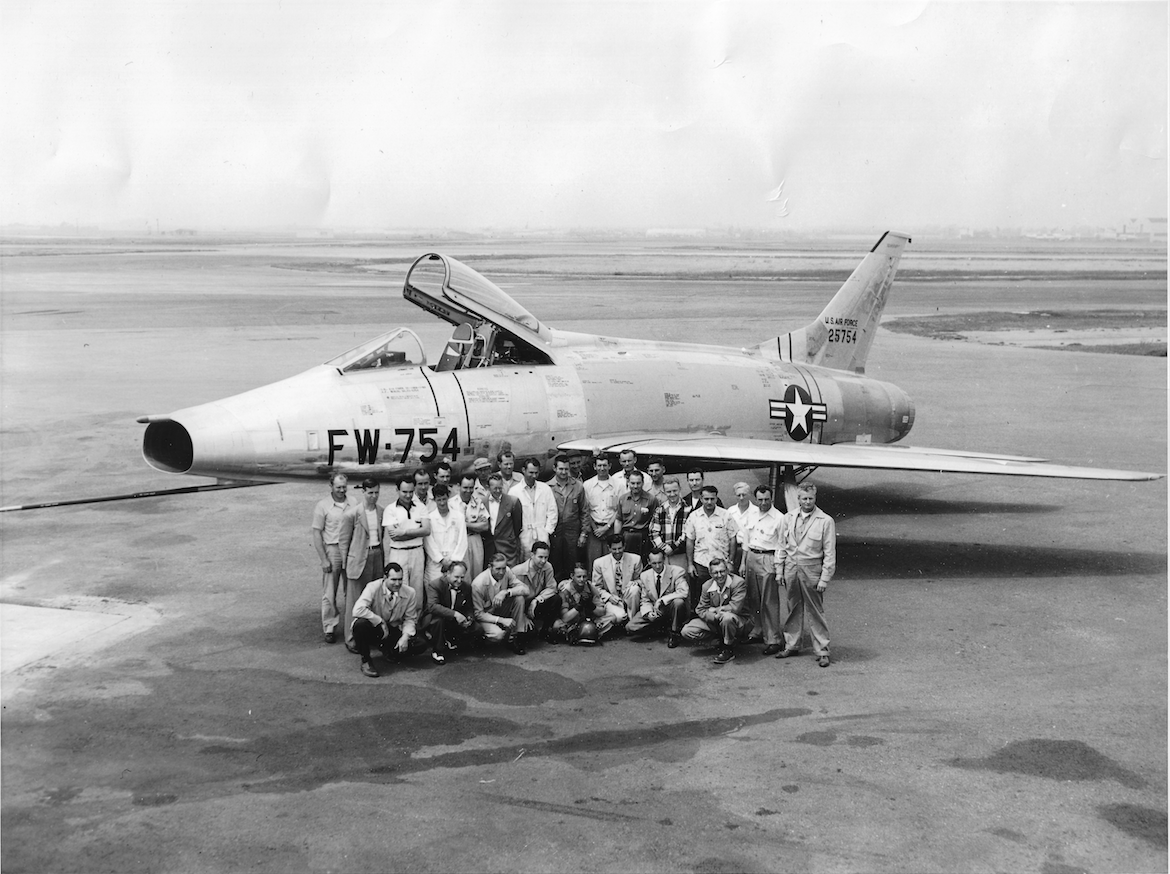
The YF-100A had a maximum speed of 634 knots (730 miles per hour/1,174 kilometers per hour) at Sea Level, and 573 knots (659 miles per hour/1,061 kilometers per hour) at 43,350 feet (13,213 meters). The service ceiling was 46,000 feet (14,021 meters). The combat radius was 422 nautical miles (486 statute miles/782 kilometers), and maximum ferry range, 1,410 nautical miles (1,623 statute miles/2,611 kilometers).
During testing, 52-5754 reached Mach 1.44 in a dive. On 29 October 1953, Colonel Frank K. Everest set a world speed record of 1,215.298 kilometers per hour (755.151 miles per hour) with 52-5754.¹
In service with the United States Air Force, the Super Sabre’s mission changed from air superiority fighter to fighter bomber. It was used extensively during the Vietnam War. North American Aviation, Inc., built 2,294 single and tandem-seat Super Sabres between 1954 and 1959.
The F-100 pushed the State of the Art in the 1950s. There was a very steep learning curve back then. They remained in service with the USAF until 1979, and with the Republic of China Air Force until 1988. They also flew for France and Turkey.
In USAF service, 889 were destroyed in accidents, resulting in the death of 324 pilots. During the Vietnam War, the F-100s flew more combat sorties that all of the 15,000+ P-51 Mustangs during World War II. 186 Super Sabres were shot down by antiaircraft fire, but none were lost to enemy fighters.
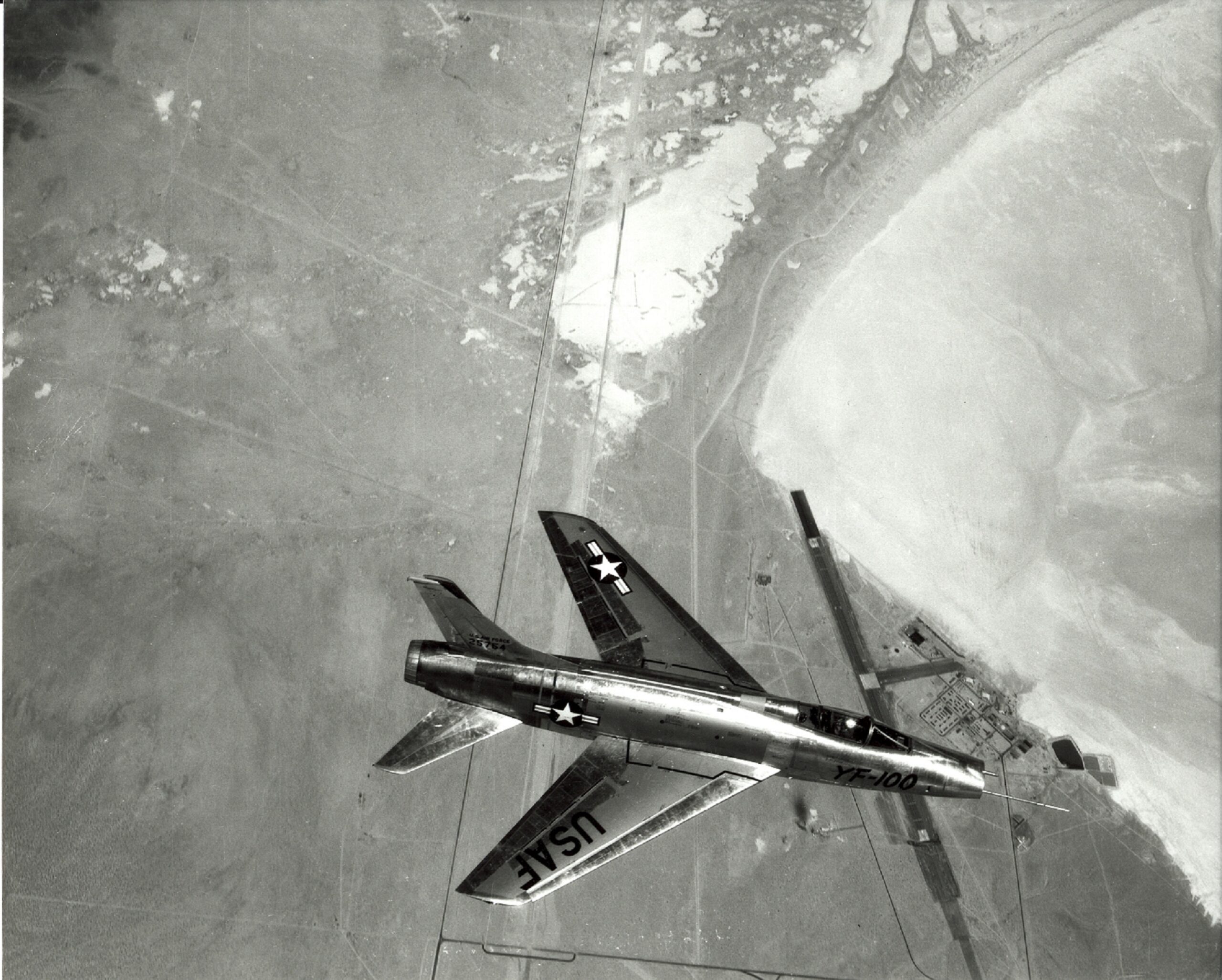
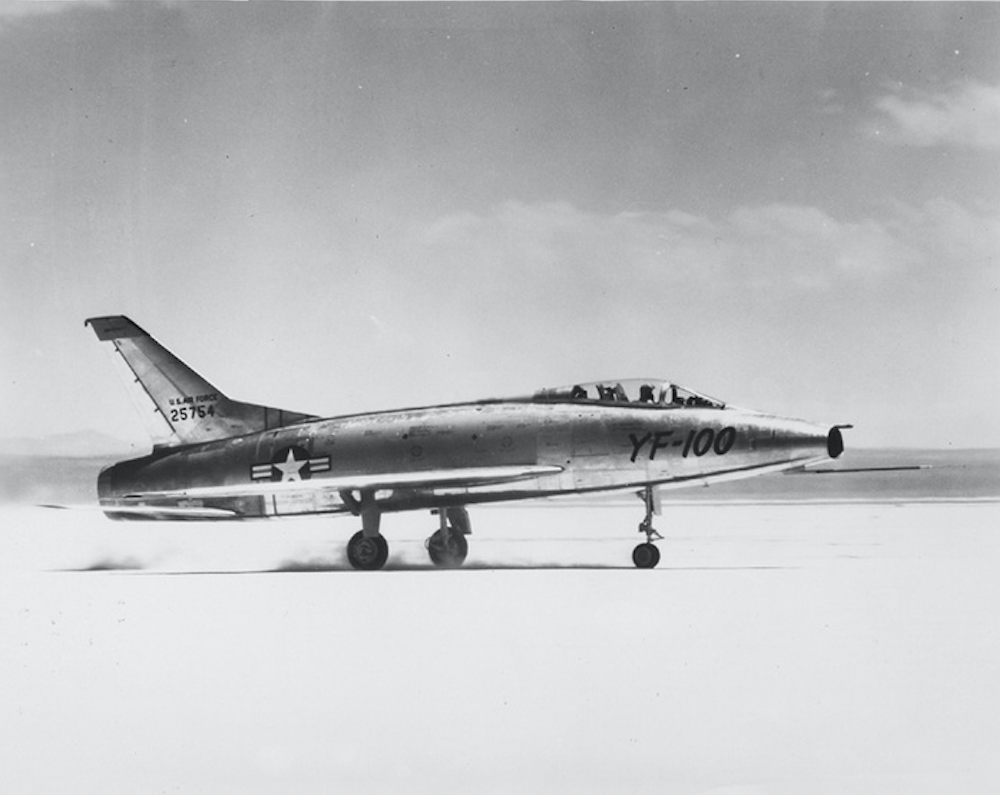
George Welch was born George Lewis Schwartz, in Wilmington, Delaware, 10 May 1918. His parents changed his surname to Welch, his mother’s maiden name, so that he would not be effected by the anti-German prejudice that was widespread in America following World War I. He studied mechanical engineering at Purdue, and enlisted in the Army Air Corps in 1939.
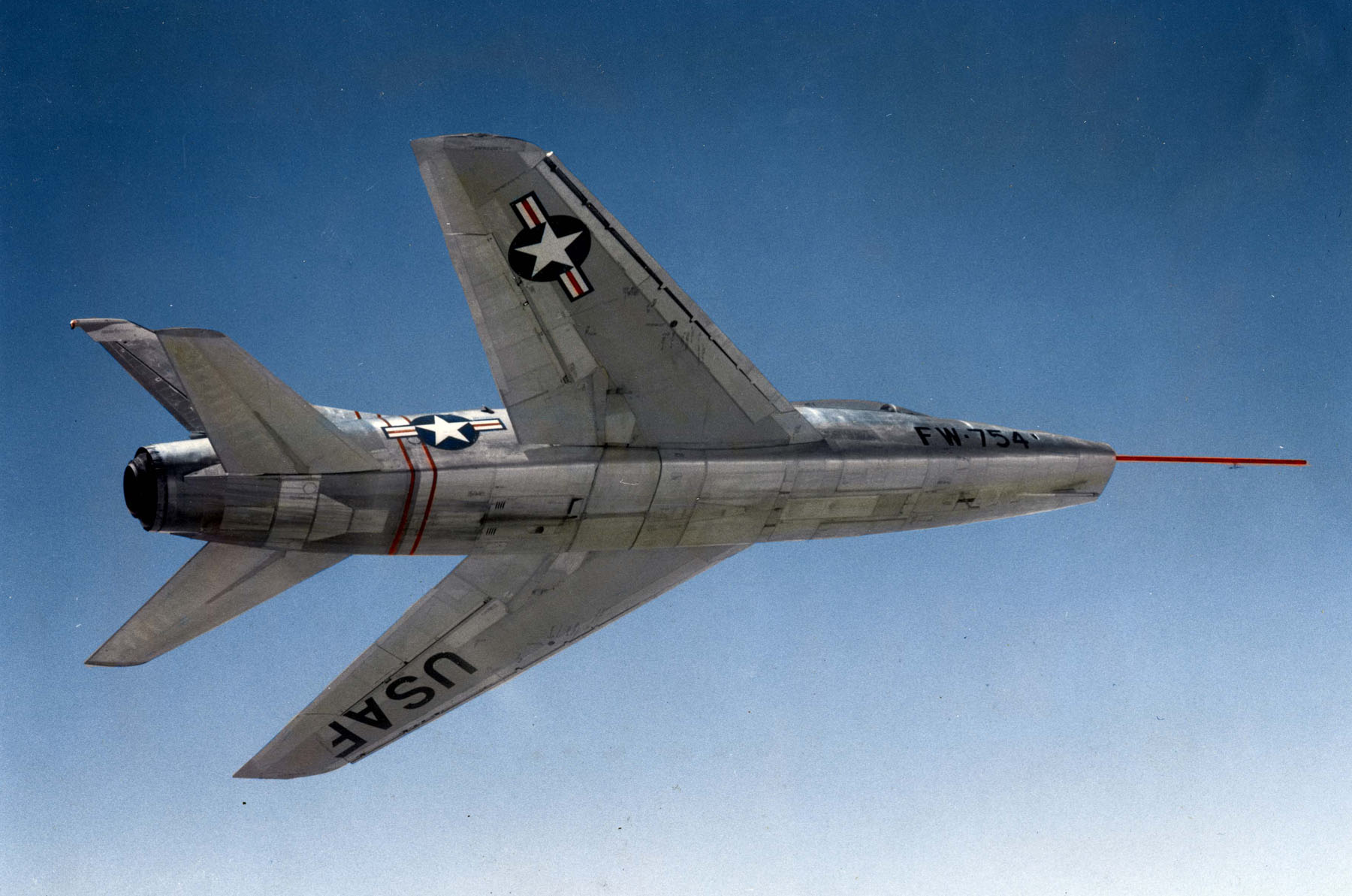
George S. Welch is best remembered as one of the heroes of Pearl Harbor. He was one of only two fighter pilots to get airborne during the Japanese surprise attack on Hawaii, 7 December 1941. Flying a Curtiss P-40B Warhawk, he shot down three Aichi D3A “Val” dive bombers and one Mitsubishi A6M2 Zero fighter. For this action, Lieutenant General H.H. “Hap” Arnold recommended the Medal of Honor, but because Lieutenant Welch had taken off without orders, an officer in his chain of command refused to endorse the nomination. He received the Distinguished Service Cross. During the War, Welch flew the Bell P-39 Airacobra and Lockheed P-38 Lightning on 348 combat missions. He had 16 confirmed aerial victories over Japanese airplanes and rose to the rank of Major.
Suffering from malaria, George Welch was out of combat, and when North American Aviation approached him to test the new P-51H Mustang, General Arnold authorized his resignation. Welch test flew the P-51, FJ-1 Fury, F-86 Sabre and F-100 Super Sabre. He was killed 12 October 1954 when his F-100A Super Sabre came apart in a 7 G pull up from a Mach 1.5 dive.
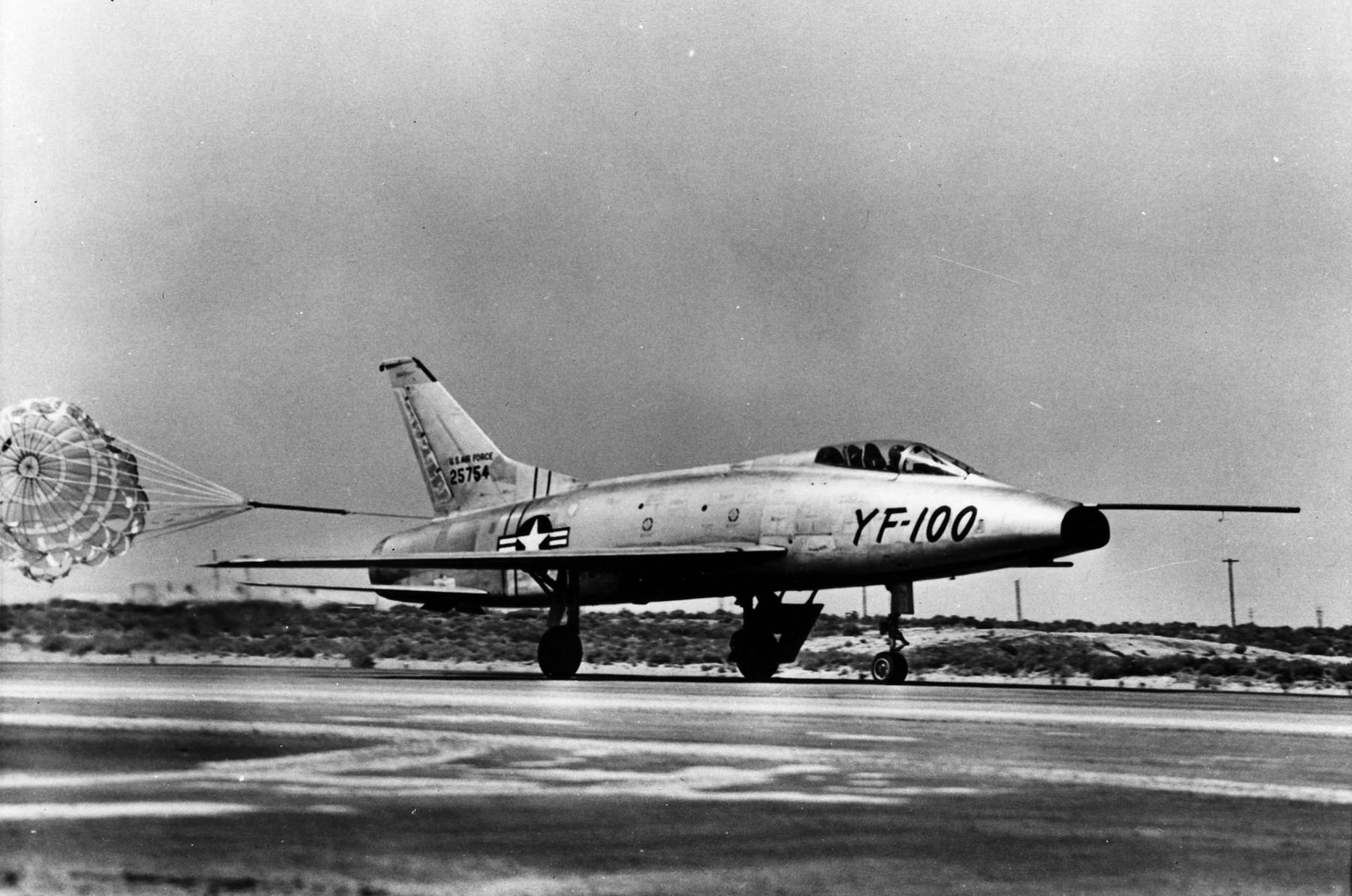
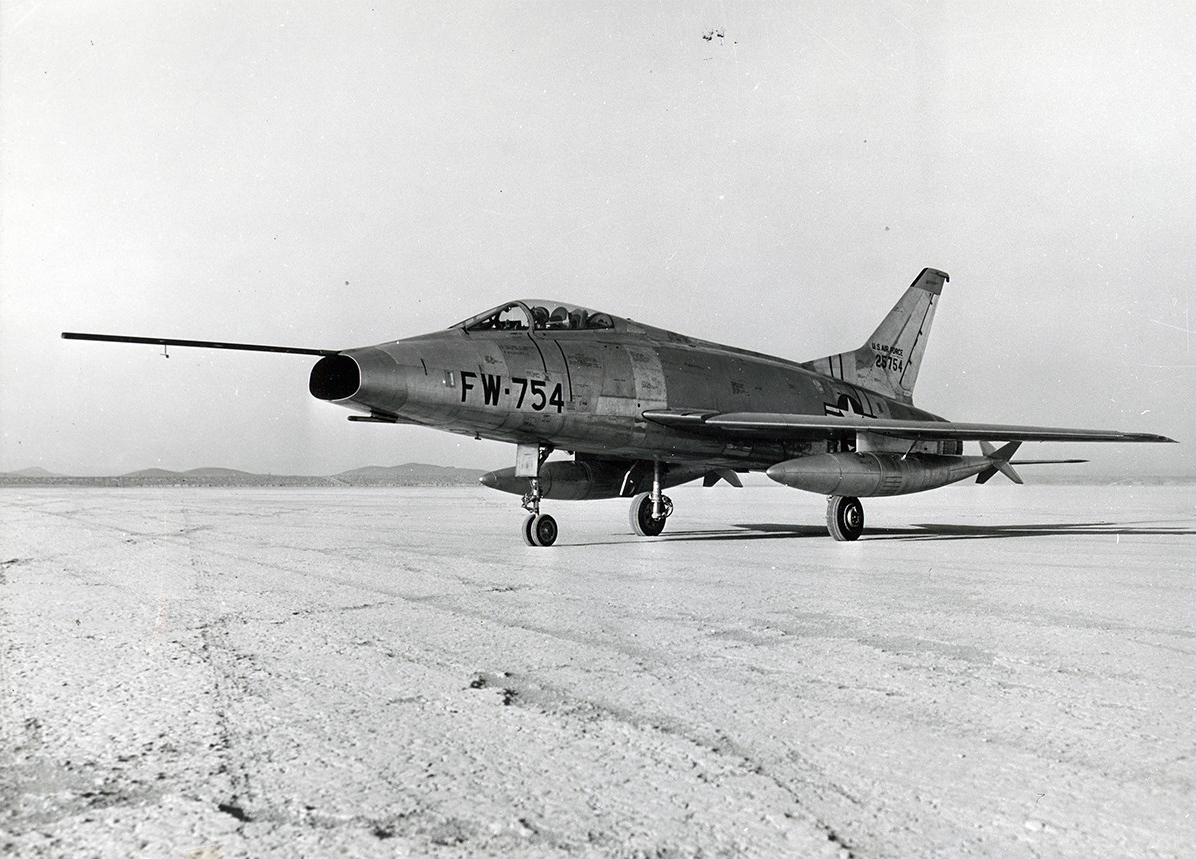
¹ FAI Record File Number 8868
© 2025, Bryan R. Swopes
